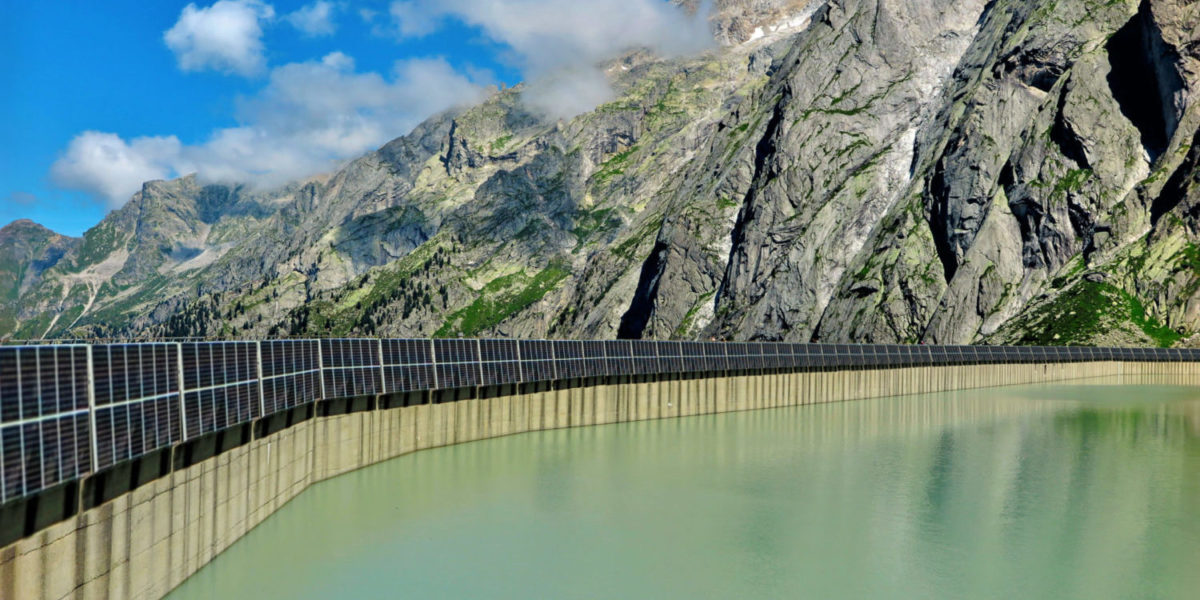From pv magazine Germany.
The race is on to install Switzerland’s first high-alpine PV plant.
With Swiss electric utility and nuclear power generator Axpo recently announcing it had secured approval for a 2 MW solar plant on the Muttsee dam, fellow publicly-owned utility EWZ has revealed similar plans.
Zurich-based EWZ this month received approval for a 410 kW array on the Albigna dam in Bergell, 2,100m above sea level. The project, planned at an altitude almost 400m lower than the Muttsee facility, will involve the installation of more than 1,200 solar modules from July onwards and is expected to generate around 500 MWh of clean power per year.
EWZ started a pilot project at the site in May 2018 with “a few” panels. More will now follow on the south-facing aspect of the dam with the utility expecting to complete the facility, which has secured a grid connection, this year. The Axpo project is set to be completed in summer next year.
The pilot project on the Albigna dam generated more power than had been expected and Axpo also noted the significantly higher yield from high-alpine photovoltaic systems – compared to projects at lower altitudes. It is anticipated around half the annual yield from high-alpine systems will come during winter months thanks to intense sunshine in the mountains and glare from snow cover.
Swiss researchers have suggested steeper-than-usual solar panel tilt angles will harness more of the solar resources available at high altitudes with snow cover and estimated such sites could help the nation hit its Swiss Energy Strategy 2050 ambition of shuttering five nuclear plants at the end of their planned lifetimes.
This content is protected by copyright and may not be reused. If you want to cooperate with us and would like to reuse some of our content, please contact: editors@pv-magazine.com.




Seems like a good use of an unused surface. Is there a more detailed report of the testing? It would be interesting to see the test results from 90 degrees, 85 degrees, etc, as well as, the potential for using trackers on the North-South segments. Obviously snow, 150mph wind loadings, etc. are issues to work around. I’m assuming I’m not the first to think about this … the report would be informative.
If every part of the world especially Africa are encouraged to start making use of modules for electricity generation then the earth will soon go green. Don’t forget the encouragement and support has to do with the pricing for panels, inverters, batteries and other solar products.